Technical Analysis Tools: Creating a Profitable Trading System
$10.68
| Author(s) | |
|---|---|
| Format |
|
| Pages |
319 |
| Publication Year |
2008 |
In Technical Analysis Tools, professional trader Mark Tinghino cuts through the clutter. First, he demystifies the essential technical approaches such as chart patterns, indicators, Market Profile, and Elliott Wave. He also introduces a new instrument of his own: the cyclical model, which helps identify trend reversals. Next, he provides techniques that turn the tools into trading programs. Those techniques include how to time buying and selling, how to account for the effect of fundamental analysis on technical analysis, and how to use spreads to effectively manage risk.
Author’s Introduction:
Technical analysis has come a long way in the past few decades, and today traders of every level make the most of this very useful tool. So, this book is for institutional traders and individual investors alike. Although it takes you through the basics from square one, as well as covering advanced topics, it also offers some unique insights based on my work on cycles for timing trades on evaluating market news, which is not something you will find in most other books available on technical analysis.
I begin with a discussion of fundamental vs technical analysis, including the historical causes of technical analysis overtaking fundamentals as the preferred approach among professional traders and money managers. I then cover the essentials of reading price charts, followed by adjunct tools such as indicators and Market Profile for assessing volume. To that solid foundation, I add my cyclical model, which I use as an overlay on standard technicals for precise timing of trades. Finally, I discuss building a complete trading program and sound money management principles.
To date no analyst has been able to accurately forecast market prices 100 percent of the time. Armed with massive computerized number-crunching and modeling capabilities and futuristic neural nets, current state-of-the-art analysis still falls short of National Weather Service meteorological forecasts, which are generally extremely accurate for three days into the future. The difference lies in cause and effect factors. Wind vectors and ocean currents are juggernaut forces that are not easily swayed from their course of movement, whereas markets consisting of mass auctions involving a multitude of humans making trading decisions based on emotions and occasionally reason are subject to winds of commerce that can be very fickle indeed.
Contents:
- Approaches to Market Analysis
- Fundamentals: Navigating the Labyrinth
- Chart Patterns: Landscape of the Market
- Alternative Charting Techniques
- Indicator Soup: Not-So-Secret Recipes
- The Market as a Wave Phenomenon
- Leveraging Derivatives
- Finessing the Risk Factor with Spreads
- A Cyclical Model of the Markets
- Backtesting and Planning Trading Strategies
- Mental Discipline and Risk Management
Technical Analysis Tools: Creating a Profitable Trading System By Mark Tinghino pdf
6 reviews for Technical Analysis Tools: Creating a Profitable Trading System
Clear filtersOnly logged in customers who have purchased this product may leave a review.

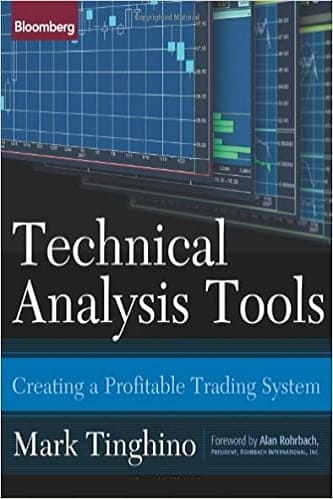
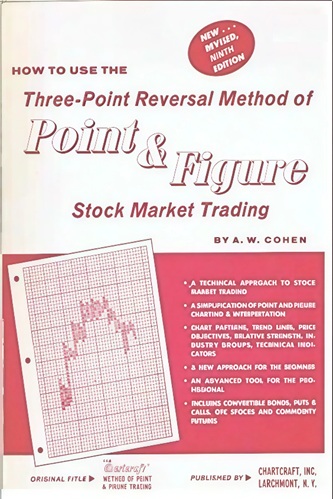
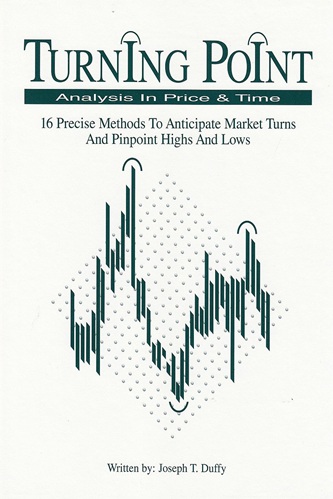
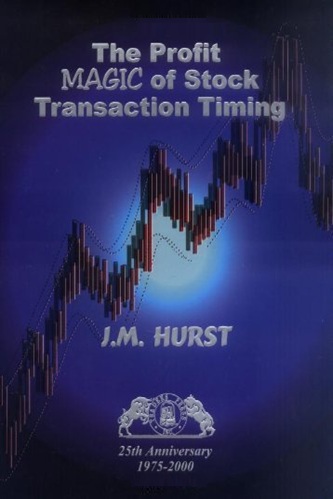
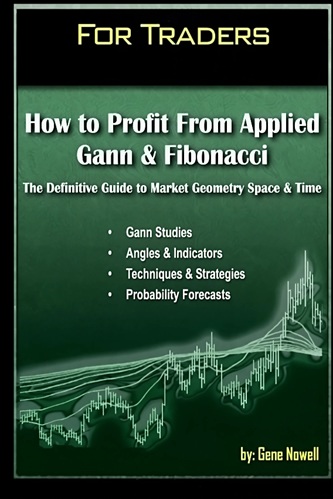
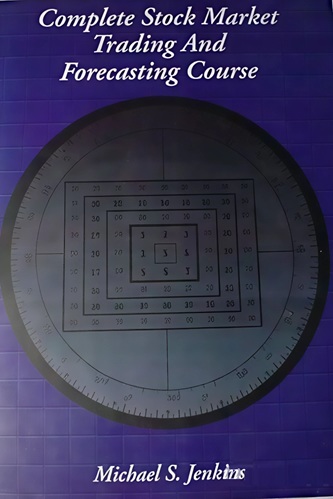
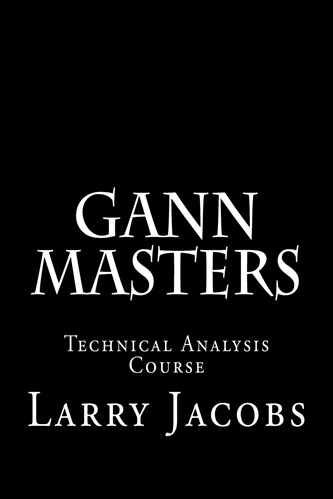
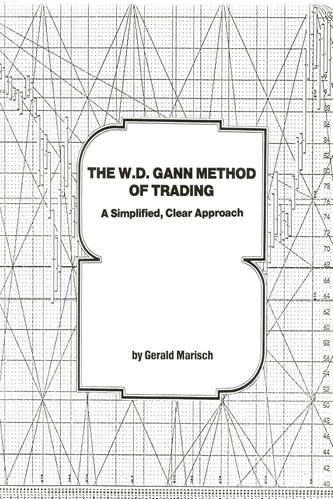
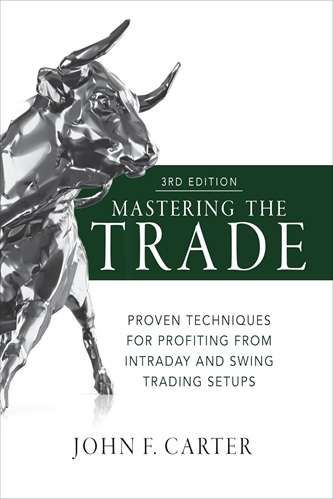
Crystal Beltran (verified owner) –
I bought this book last week. I cannot believe that a reputable company such as Bloomberg would be associated with this drivel. I have gone through three chapters and could not complete any of them after the first one. The entire book is written in a very disjointed way, and gives the impression that the author was trying to cover too much in too short a space. Furthermore, there was no real connection between the chapters and no real theme as to how to use any of the methods. The first chapter was on fundamentals, and splits into two main areas, a copper case study, and monetary aggregates and money flows. Clearly the author was trying to show that fundamentals can be confusing and contradictory, hence the need for Technical Analysis. Unfortunately, the copper case study reads like the author read some articles on copper supply and demand and tried to regurgitate them without having really understood them himself. This piece was really confusing. The section on money supply, etc. was again equally disjointed, but there were a lot of really basic errors in his description. That chapter left me thinking: “So, what’s the conclusion here, and how does the discussion of money supply fit in.”
The chapter on technical patterns was equally bad. The author does a reasonable job of describing a head and shoulders pattern, but it looks like he snatched the details from Edwards and McGee. (In fairness, the author does reference them in the footnote). He then moves on to describing double and triple tops and bottoms. However, it is not clear exactly when you can say that the formation is confirmed to be a double/triple top or bottom. He then moves to pennants, diamonds, etc, and does not bother to describe them and what you need to look for in order to confirm them. And how to use them. Why bother to write the chapter? Just reference Edwards and McGee.
The chapter on indicators continues in the same way. However, the author does do the useful service of mentioning leading versus lagging indicators, and the relevance of the use of the MACD histogram as opposed to using the fast line crossing the slow line. But again, no discussion of failures, and what to do about them. No theme or connection on how these might be best used.
If you want a good introductory book on Technical Analysis look at Bruce Kamich’s “How Technical Analysis Works.”
Mark Martin (verified owner) –
For those of us who have had little or no exposure to technical analysis and all it has to offer, this is a wonderful place to begin the journey.
The technical analysis toolbox is diverse and robust and I must say, the author has covered the subject comprehensively. There’s not a major pattern study or indicator that has gone unnoticed. This is a great text for someone just getting their feet wet in the area of technical analysis. I reccomend this book.
Ricky Mays (verified owner) –
I found this book to be extremely informative and helpful. I have been trading stocks for several years and am interested in delving into derivatives. Mr. Tinghino explains stock options, futures and Forex markets in a style that is very easy to understand, along with many aspects of technical analysis related to those markets and equities. The chapters on alternative charting techniques and the author’s cyclical approach to market timing were particularly fascinating. Bravo!
Jake Peck (verified owner) –
I thought this was going to be a good book since it is published by Bloomberg but I am totally disappointed. Nothing interesting. I feel that this material was published only to profit without taking into consideration the quality of the work. There are a lot of good books in technical analysis elsewhere. This is a useless book for novices and professionals. Please do not waste the time reading this.
Denisse George (verified owner) –
For the money, I would have bought this book again. I love that it’s a hardcover, and this will be one that I keep and not give away.
The information is presented from a basic view on most topics, which will help novices a lot. I found the first half of the book fascinating… and had to read some of it more than once.
When he started getting into Options, I flipped through this section as he really didn’t do a very good job explaining that, and there are a LOT of other books that explain that side of trading much better.
Overall, it’s a keeper. Lots of stock charts to talk about and different tech analysis tools explained in one book on a basic level
Mila Lin (verified owner) –
Perfect thanks 🙂